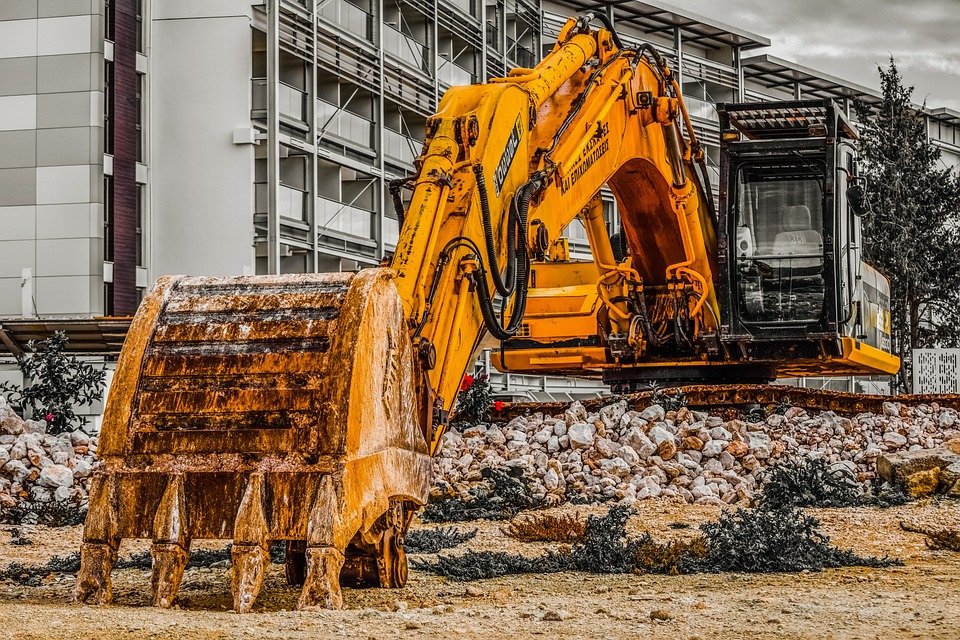[ad_1]
Navigating the Challenges of Underground Utility Installation
Installing underground utilities can be a difficult and challenging task. As the population continues to grow, it is increasingly important to ensure that utilities are safely and efficiently installed to meet the needs of the community. Underground utility installation involves a wide variety of obstacles and risks, but with the right tools and skills, it can be performed safely and effectively.
Design and Planning
The first step in navigating the challenges of underground utility installation is to ensure that the design and planning stages are properly completed. Designers and planners must consider the terrain, the type and size of the utilities to be installed, and the potential environmental impacts. The plans should also include a detailed map of the area, showing the existing and proposed routes for the installation. This will help to ensure that the installation process is efficient and safe.
Safety
Safety is paramount when it comes to underground utility installation. Underground utilities can pose a number of risks, including the risk of electrocution, fire, or gas leaks. Before beginning any installation, personnel must be properly trained and equipped with the correct safety gear. This includes hard hats, gloves, safety glasses, and protective clothing. It is also important to ensure that all necessary permits and approvals are obtained before beginning any work.
Technology
Technology is an important tool when it comes to underground utility installation. There are a number of technologies available that can help to reduce the time and cost associated with the installation process. These include GPS systems, robotic digging machines, and underground imaging systems. These technologies can help to ensure that the installation process is completed quickly and safely.
Communication
Effective communication is essential when it comes to underground utility installation. This includes communication between personnel on the installation site, as well as communication with the local community and government officials. Proper communication can help to ensure that the installation process is completed in an efficient and safe manner.
Conclusion
Navigating the challenges of underground utility installation can be a difficult and time-consuming task. However, with the right tools and skills, it can be performed safely and effectively. Designers and planners must consider the terrain, the type and size of the utilities to be installed, and the potential environmental impacts. Safety must also be a priority, with personnel being properly trained and equipped with the necessary safety gear. Technology can also be a valuable tool, with GPS systems, robotic digging machines, and underground imaging systems helping to reduce the time and cost associated with the installation process. Finally, effective communication is essential between personnel on the installation site, as well as with the local community and government officials. With the right knowledge and skills, underground utility installation can be performed safely and effectively.
[ad_2]


